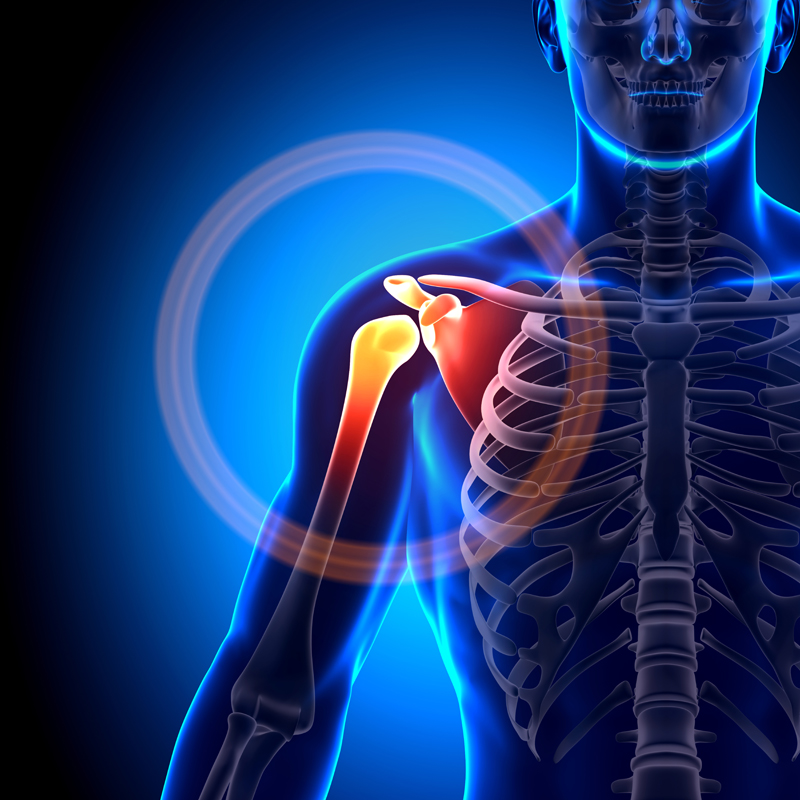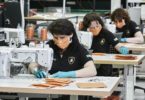Find out everything you need to know about this important surgery…
You might be surprised by how delicate your joints can be! While the joints are designed to withstand a lot of wear and tear, they can be damaged fairly easily–a wrong movement, incorrect posture, or even incorrect development of your body.
Your shoulders are one of the most delicate of the joints (along with your fingers). They are very versatile, but they have a limited range of motion. Stretch too far in the wrong direction, and you may end up with a pretty serious injury.
Arthroscopic shoulder surgery is recommended for a number of injuries or problems:
- Damage to the rotator cuff
- Removing bone spurs (bits of bone grown onto the tip of the joint)
- Repairing ligaments that have been stretched or damaged (usually by sudden movement)
- Removal and repair of the labrum, which is the ring of cartilage that keeps your shoulder joint securely in place
- Removal of any inflamed cartilage or tissue (the result of damage, wear and tear, arthritis, and autoimmune diseases)
- Repair of the shoulder following a serious dislocation
If you fall under any of the above categories, your doctor is very likely recommending an arthroscopic shoulder surgery.
Before you undergo the surgery, you will go for a doctor’s exam to ensure your body can handle it. This means taking full X-rays, running blood tests, and possibly even getting an EKG to examine your heart. You will also need to talk to an anesthesiologist. Though it’s most common to just numb the shoulder and arm, your doctor may recommend light anesthesia as it helps to relax the muscles around the joint–making it easier for him to operate.

READ MORE: 11 Reasons for Knee Joint Pain
When you are wheeled into surgery, you will be positioned in one of two ways:
- Lateral decubitius position, meaning you are lying on your side on the operating table.
- Beach chair position, or a semi-seated position in a reclining operating chair
Your surgeon will select the preferred position according to the type of surgery being performed, as well as on their personal preferences.
The beginning of the surgery involves the injection of fluid into the shoulder joint. This helps to inflate the joint, making it easier to see the various joint structures and giving the doctors better access. The surgeon will then make a small keyhole incision in your shoulder, and the arthroscope will be inserted.
The arthroscope will continue to slow inject fluid into your shoulder, keeping it clear of blood and making it easier for the surgeon to see what they are doing. The arthroscope is both a camera and an operating tool, but your doctor may make other incisions in order to have better access to the damaged tissue. Once the doctor finds the problem, they will be able to use the specialized instruments to shave, cut, or suture the tissue, bone, or cartilage in need of repair.
After the surgery, you will need at least an hour or two of rest before the doctor will continue discharging you. This time may increase if you opted for a light anesthesia. Nurses will check to ensure that your body is responding to the medication prescribed against the pain, to speed up the healing process, and to prevent infection. Someone will need to drive you home, and they will need to stay the night to help take care of you.
It will take weeks for your shoulder to fully recover from the surgery. During this time, you will need to attend physical therapy in order to regain proper control and range of motion over the limb. Don’t push too hard, or you could injure yourself worse!








